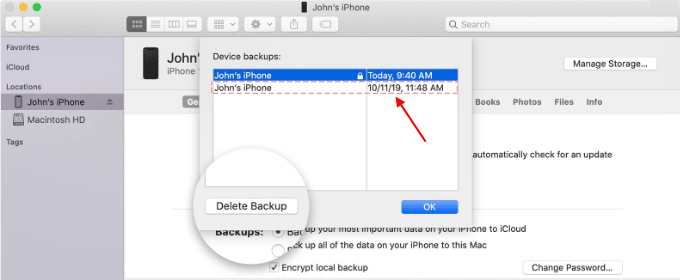

You will also have incremental backups by working this way, allowing you to reinstate files from different points in time. Also, use them in sequence, so you aren't ever wiping out your only backup each week when you create a new one. So, if you can afford two or three inexpensive external drives, label them so you can tell them apart - or you could supplement them with cloud backup (opens in new tab). It's good practice to have more than one destination media and to rotate between them. How to Back Up Your Mac Click select backup disk (or select disk, or add or remove backup disk) Select your external drive from the list of available disks. If not, at least copy your Documents, Desktop, and media folders. If you have space, copy across your whole User folder. Alternately, you can click the Time Machine icon. When you see the Time Machine prompt, click Use as Backup Disk. (If this doesn't appear, hold the Options key while dragging.) Plug in your external hard drive to your Mac. Using Finder, you can connect an external drive or an SD card and drag across the folders you want to secure.Įnsure the pointer icon bears a '+' in a green arrow before dropping the copied files onto the destination media to ensure they are duplicated rather than moved. You don't need any specific software to create a backup. Launch Time Machine and click Select Disk.

Add an event to the Calendar or Reminders apps to pop up an alert at least once a week, prompting you to back things up manually. Follow the steps below to back up your Mac with Time Machine.


 0 kommentar(er)
0 kommentar(er)
